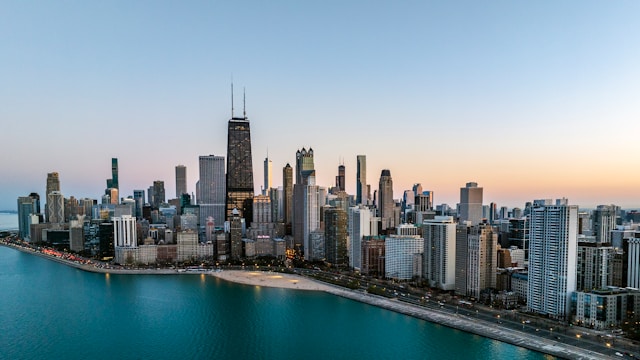Introduction
Chicago, known for its rich culture, iconic architecture, and vibrant neighborhoods, is not only a popular tourist destination but also a thriving market for short-term rentals.
With a range of attractions and events throughout the year, the city attracts a significant number of visitors, making it an attractive option for property owners to participate in the short-term (Airbnb) rental market.
In this guide, we will delve into the key aspects of the Airbnb rental market in Chicago, including market statistics, regulations, and the overall potential for investors.

Market Overview
To understand the dynamics of the short-term rental market in Chicago, let’s delve into some key statistics and figures.
Supply
The most popular homes are 1-bedroom homes, comprising 29.81% of inventory. This is followed by 2 and 3-bedroom homes at 26.56% and 20.76% of the total inventory, respectively.
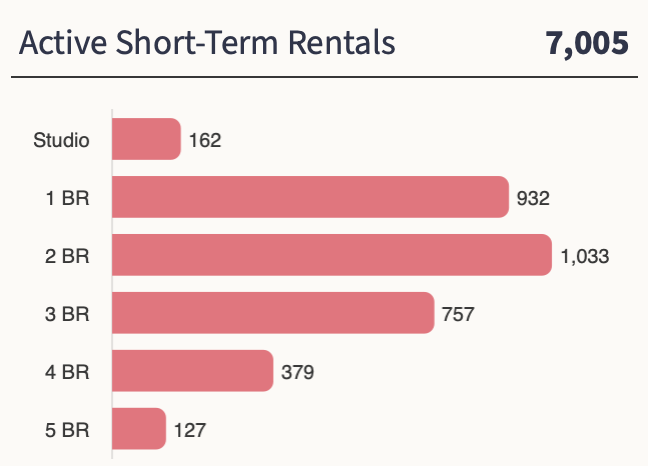
Homes Appreciation
AS of July 2025, according to Zillow, homes in Chicago experienced an appreciation of 2.47%. This data indicates a significant increase in property values.
Median Home Value
As of January of 2025, Homes in Chicago have appreciated by 2.47%. The median home value in Chicago is $295,796 as reported by Zillow. This figure highlights the city’s robust real estate market and the potential for long-term property appreciation.
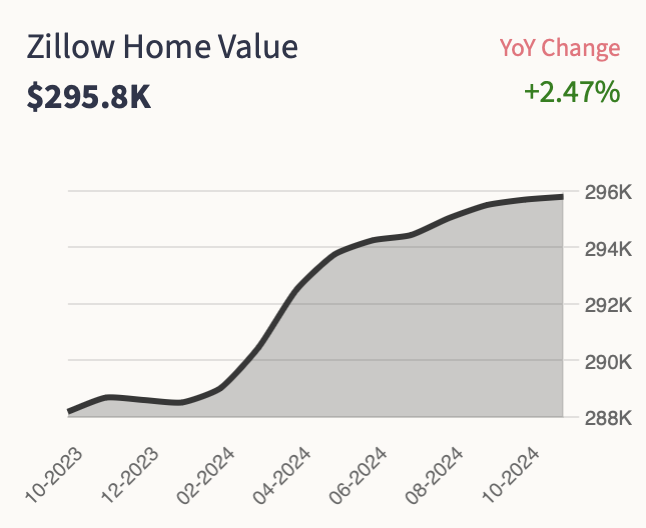
Active Short Term Rentals
AS of July 2025, Chicago boasts a significant Airbnb rental market, with approximately 7,005 active rentals. This abundance of available properties provides ample opportunities for investors and homeowners looking to capitalize on the tourism demand.
Average Daily Rate
The median ADR for the market is $238. The Average Daily Rate is the highest for 5 bedroom homes ($463) followed by 4-bedrooms and 3 bedrooms at $400 and $328 respectively.
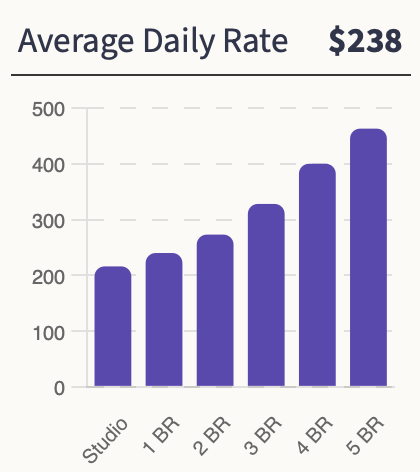
Occupancy Rate
Chalet data reveals an occupancy rate of 59% for Airbnb rentals in Chicago. This high demand ensures a consistent stream of income for property owners and investors.
How Profitable is Airbnb in Chicago ?
AS of July 2025, the average gross yield, which represents the annual income generated by a property as a percentage of its value, is 12.49% in Chicago. This figure suggests that short-term rentals in the city offer a favorable return on investment. Chicago is ranked #41 by return on investment on Airbnb rentals in the United States.
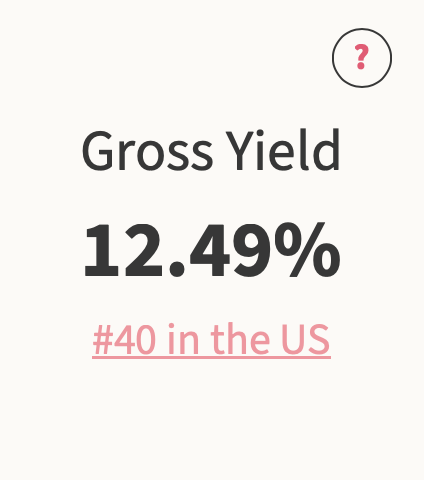
Annual Revenue
According to Chalet, short-term rentals in Chicago earn an average of $36,943 annually, highlighting the strong investment potential in the city’s market. You can evaluate your properties using our free Airbnb calculator.
Property Tax
According to SmartAsset, the average property tax in Chicago is 2.10%. This relatively moderate tax rate is an important consideration for those looking to invest in short-term rental properties.
Top 100 Airbnb Rental Markets

Instantly compare the top 100 short-term (Airbnb) rental markets in the US
Regulations
Chicago’s short-term rental regulations are somewhat investor-friendly, with different zoning regulations and limitations in place. Understanding these regulations is crucial for potential investors to ensure compliance and a smooth operation.
Demographic and Environmental Factors
To gain a holistic understanding of the short-term rental market in Chicago, let’s explore some key demographic and environmental factors that contribute to the overall appeal of the city.
Hosts
The market is dominated by property management firms. The largest host is Level with 4.67% of the total inventory and an average review of 4.65⭐️s .
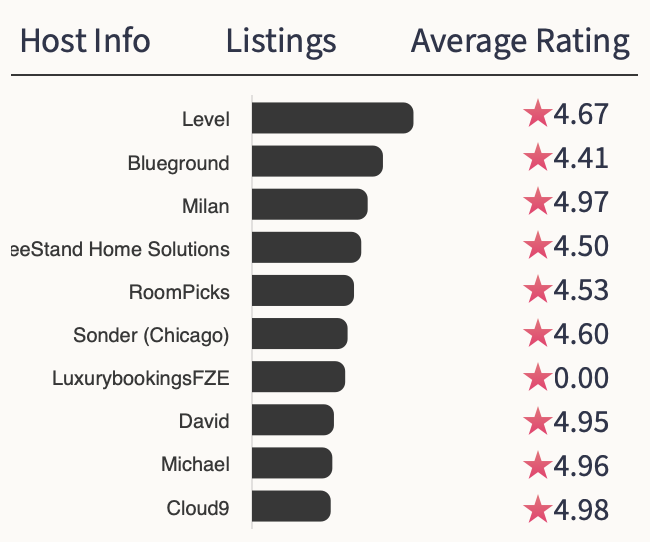
Median Household Income
The median household income in Chicago, IL, is an important metric that reflects the economic prosperity and purchasing power of residents. According to recent data, the median household income in the city is [INSERT MEDIAN HOUSEHOLD INCOME]. This figure provides valuable insights into the potential customer base for Airbnb rental properties and their ability to afford accommodations.
Climate
Chicago experiences a diverse climate throughout the year. Summers tend to be warm and humid, with temperatures reaching into the 80s and occasionally the 90s Fahrenheit. Winters, on the other hand, can be quite cold, with temperatures often dropping below freezing. Snowfall is common during the winter months. The distinct seasons in Chicago contribute to the variety of activities and attractions that attract visitors year-round.
Guests
The majority of the guests come from inside of Illinois . 6.90% of all guests are from Chicago followed by New York with 2.80%.
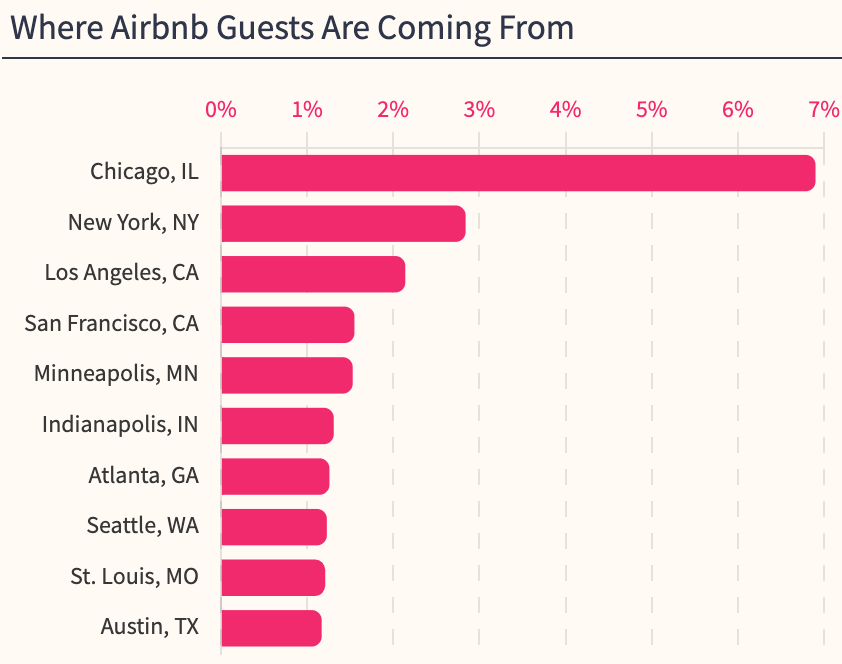
Population Size
As one of the largest cities in the United States, Chicago boasts a significant population. The large population not only provides a pool of potential guests for short-term rentals but also indicates the level of demand for accommodations within the city.
Tourism and Attractions
Chicago is a city teeming with tourist attractions and offers a wide array of experiences for visitors. Here are some of the most notable attractions that draw tourists to the city:
1. The Magnificent Mile
The Magnificent Mile, located along Michigan Avenue, is a bustling shopping district that stretches for approximately 13 blocks. With numerous luxury boutiques, department stores, and iconic landmarks such as the historic Chicago Water Tower, this area is a must-visit for shopping enthusiasts and architecture admirers alike.
2. Millennium Park
Millennium Park, situated in the heart of Chicago, is a 24.5-acre public park known for its iconic Cloud Gate sculpture, also referred to as “The Bean.” The park hosts various events, concerts, and festivals throughout the year, making it a popular destination for locals and tourists alike.
3. Navy Pier
Navy Pier, extending into Lake Michigan, offers a vibrant atmosphere with a wide range of entertainment options. Visitors can enjoy carnival rides, explore the Chicago Children’s Museum, attend live performances at the outdoor theater, or simply take a leisurely stroll along the waterfront.
4. Art Institute of Chicago
The Art Institute of Chicago is one of the oldest and largest art museums in the country. It houses an extensive collection of artworks, including famous masterpieces such as Grant Wood’s “American Gothic” and Vincent van Gogh’s “The Bedroom.” Art enthusiasts and history buffs will find this museum captivating.
5. Willis Tower Skydeck
Formerly known as the Sears Tower, the Willis Tower is an iconic Chicago skyscraper. The Skydeck, located on the 103rd floor, offers breathtaking views of the city’s skyline and beyond. Visitors can step onto “The Ledge,” a glass balcony that extends out from the tower, providing an exhilarating experience.
Visitor Statistics and Peak Season
To better understand the short-term rental market in Chicago, it’s important to consider visitor statistics and the peak tourist season:
Visitor Origin
Visitors come to Chicago from various parts of the world to experience the city’s unique offerings. The exact breakdown of visitor origin can vary each year, but the city attracts tourists from both domestic and international markets.
Crime Rate
While Chicago offers a vibrant and welcoming environment for tourists, it’s worth mentioning that the city has faced challenges with regard to crime rates in certain areas. Like any major metropolitan area, Chicago has areas that require caution and situational awareness. It’s recommended for both visitors and potential investors to research specific neighborhoods and take necessary precautions to ensure safety.
Peak Season
Chicago experiences a peak tourist season during the summer months, especially from June to August. The warmer weather, outdoor events, and festivals attract a significant number of visitors during this period. However, it’s worth noting that the city has events and attractions throughout the year, allowing for a steady flow of tourists even during the shoulder seasons.
Conclusion
The short-term rental market in Chicago, IL, presents an enticing opportunity for property owners and investors. With a strong demand for accommodations driven by a large population, a vibrant tourist scene, and a range of attractions, Chicago offers the potential for attractive returns on investment. While the recent depreciation of home values should be taken into account, the increasing supply of short-term rentals and favorable regulations contribute to the overall appeal of the market. By staying informed about the evolving regulations, understanding the local climate and demographics, and capitalizing on the city’s top tourist attractions, investors can make informed decisions to maximize their opportunities in the thriving short-term rental market of Chicago.
